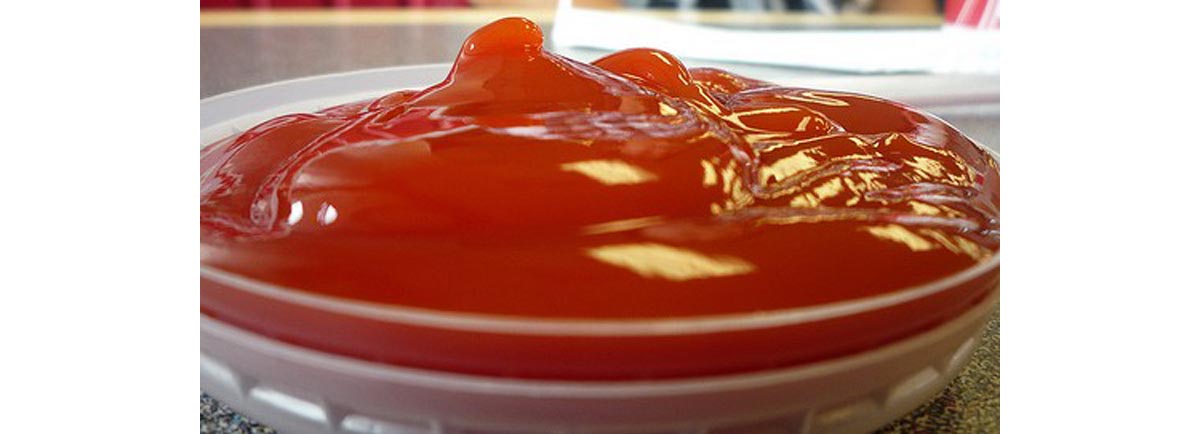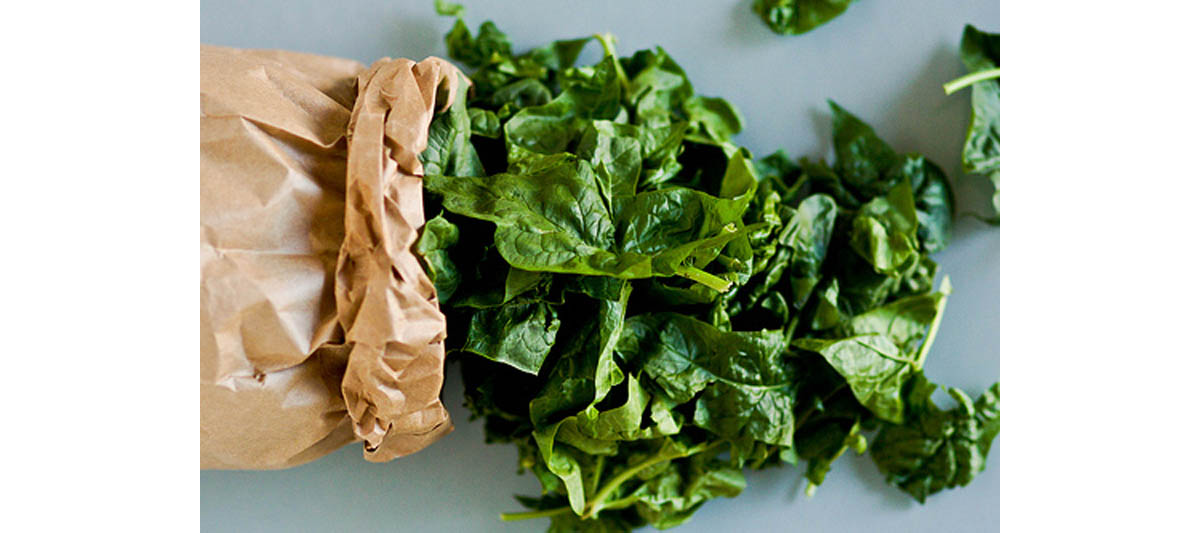Do you get a longing for comfort food when you think about your childhood? Does food help you reconnect to memories of happy times gone by? It's fine to reminisce, but to keep off the pounds, we all need to be able to make conscious choices about satisfying our cravings. Here are ten foods that you probably crave and didn't realize that you do.

1. Vanilla.
Vanilla extract appears in places where you would least expect it. Vanilla is used to flavor ketchup. It appears in ice cream, candy, cake, cookies, pies, tarts, and puddings. Vanilla is even used to flavor pickles, relishes, mustard, and chocolate. And because vanilla also appears in infant formula, most adults who were bottle fed as babies have an innate craving for vanilla.
If you have to add more and more ketchup to more and more French fries, it could be because you are feeding your vanilla craving. If you need to eat chocolate every day, it is possible that you are actually feeding your addiction to vanilla.
How can you break vanilla's addictive appeal? Go ahead and eat your dessert, but try a different dessert, preferably one you made yourself or that you know was not made with vanilla. Change the kinds of condiments you use. Buy artesenal brands or make them at home. See if these small changes help you control the vanilla beast within you and control you appetite.
2. Foods offered in red boxes or red wrappers.
In a lot of modern world, little kids have happy memories of McDonald's. The red box of fries or the red wrapper on a fried pie become literally imprinted in the brain with memories of Happy Meals and play sets. Decades later, the site of a red box or golden arches can trigger memories. Since you can't really ride the slide in the McDonald's playground if you are 52, you eat a Big Mac instead. Knowing the childhood cues that trigger your appetite as an adult can help you make decisions that control your calorie intake.
3. Hamburger meat.
One of the ingredients of hamburger meat, if you don't happen to eat kosher or hallal hamburger meat, is beef blood. Beef blood contains hemoglobin, a protein that can have unexpected effects on the brain. Beef blood, scientists have discovered, binds to sites in the brain known as mu-opioid receptors. These are the same sites that are activated by heroin or cocaine. If you get a buzz from eating a burger, it's because of the activation of your mu-opioid receptors. Knowing the addictive power of burgers can help you make healthier food choices.
Four More Childhood Foods That Keep A Grip On You In Adulthood
Four more common childhood foods upset diet resolutions of adults. One of them will probably surprise you.

4. Spinach.
What could possibly be bad about spinach? This leafy green is filled with minerals, antioxidants, fiber, and vitamins. It is alkalizing. It provides a pick-me-up of potassium. It can be eaten raw or steamed or boiled or sauteed or even in lasagna. Surely spinach is a super-food. After all, didn't our childhood hero Popeye eat spinach so he could be strong to the "finich"?
It turns out that spinach also activates the receptors in the brain that are stimulated by the hemoglobin in non-koshw, non-hallal hamburger meat. You may not get a craving for spinach, but you will get a craving for the foods your associate with spinach. These may be the dressing on the salad, the potatoes au gratin that were served with the spinach, or maybe the eggs and butter your grandma put in her spinach souffle. Spinach, you may find, sabotages your diet choices.
5. Black pepper.
Black pepper's characteristic taste is due to an alkaloid called piperine. This is a plant chemical in the same class as the curare used to tip poison arrows by native tribes in the Amazon and the strychnine used in rat poison.
Like other alkaloids, piperine is a nerve stimulant. Unlike other alkaloids, piperine wont' kills you. In facti, it can help your body absorb certain antioxidants, such as the curry chemical curcumin. But if you crave more and more and more, take a moment to see if the food is sprinkled with black pepper.
6. Whole milk.
Infants, children, and teens around the world consume cow's milk without incident until early adulthood. At adulthood, however, about 75% of the world's population becomes lactose-intolerant, constitutionally unable to digest the lactose sugar in milk. The undigested milk sugar attracts water into the small bowel, causing diarrhea, and feeds fermentative bacteria, causing gas. There is a high probability that wherever you are in the world, if you are an adult, your body just can't handle whole milk.
This condition is different from milk allergies, which are a systemic reaction to proteins in milk. Milk allergies are a little easier to handle. Just drink a different kind of milk from the one to which you are allergic. If you grew up drinking cow's milk, try goat's milk. If you grew up drinking goat's milk, try cow's milk. Both lactose intolerance and milk allergies are sometimes a little less severe when the milk is consumed in the form of yogurt or cheese.
7. Soft drinks.
By now, just about everyone has heard that the high-fructose corn syrup that is used to sweeten soft drinks in the USA is bad for you. (Soft drinks sweetened with cane sugar, still available in much or Europe, in South America, in Mexico, and in the US states that border Mexico, are somewhat less detrimental to health.) But not everyone knows that even "sugar-free" soft drinks contain a small amount of sugar.
The reason soft drink manufacturers blend sweeteners is that different sweeteners are detected at different times on the tongue. Typically the manufacturer puts in one sweetener for sweetness that is sensed as the drink is rolling down the tongue, and sugar for sweetness that is sensed at the tip of the tongue. Artificial sweeteners usually need help to approximate the taste of real sugar, and the only way to accomplish this is to add more and more.
None of the seven worst things you ate, or drank, as a kid is poison. All seven foods can have different effects in your body when you are an adult that you did not experience in your youth. Be aware of the hold childhood foods may have on your adult food choices to control your calorie consumption and eat the foods you truly enjoy.
- Hoppert K, Mai R, Zahn S, Hoffmann S, Rohm H. Integrating sensory evaluation in adaptive conjoint analysis to elaborate the conflicting influence of intrinsic and extrinsic attributes on food choice.Appetite. 2012 Dec.59(3):949-55. doi: 10.1016/j.appet.2012.09.005. Epub 2012 Sep 18
- MIller CS. Are we on the threshold of a new theory of disease? Toxicant-induced loss of tolerance and its relationship to addiction and abdiction. Toxicol Ind Health. 1999 Apr-Jun. 15(3-4):284-94. Review.
- Photo courtesy of overthinkingme on Flickr: www.flickr.com/photos/overthinkingme/4005898653
- Photo courtesy of artizone on Flickr: www.flickr.com/photos/artizone/5564866598


Your thoughts on this